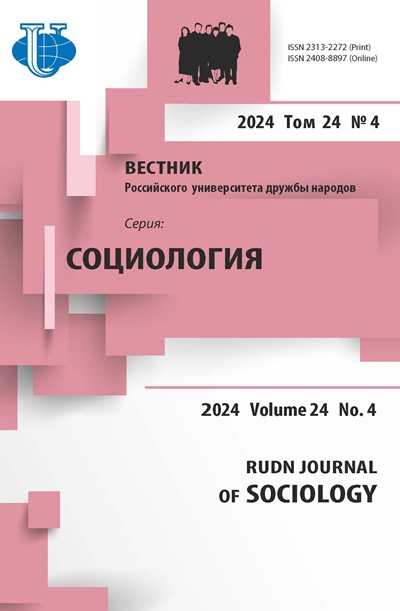Abstract
The article considers prospects for the new sociological method - vignette method - based mainly on foreign studies that developed, applied and summarized the results of the method application. The authors trace the history of the method in the Western and Russian traditions focusing on the topics of research in different fields, including sensitive issues. The theoretical part of the article is illustrated by the examples of vignettes introduced by different authors, in which the specifics of vignettes design and usage in sociological studies is shown. From the perspective of the analysis of meanings, beliefs, and explanatory schemes the authors demonstrate similarities of the method of vignettes and ethnographic interviews; underline advantages and disadvantages of the method as well as its restrictions; provide the key principles for vignettes design in different types of studies. The article considers two strategies of analysis of vignettes data - qualitative and quantitative - and emphasizes the importance of combinatorial-logic techniques, in particular DSM-method, within quantitative strategy and the principle of ‘deepening’ - within qualitative strategy. The authors provide examples of vignettes developed in their own research to show the capabilities of the method.














